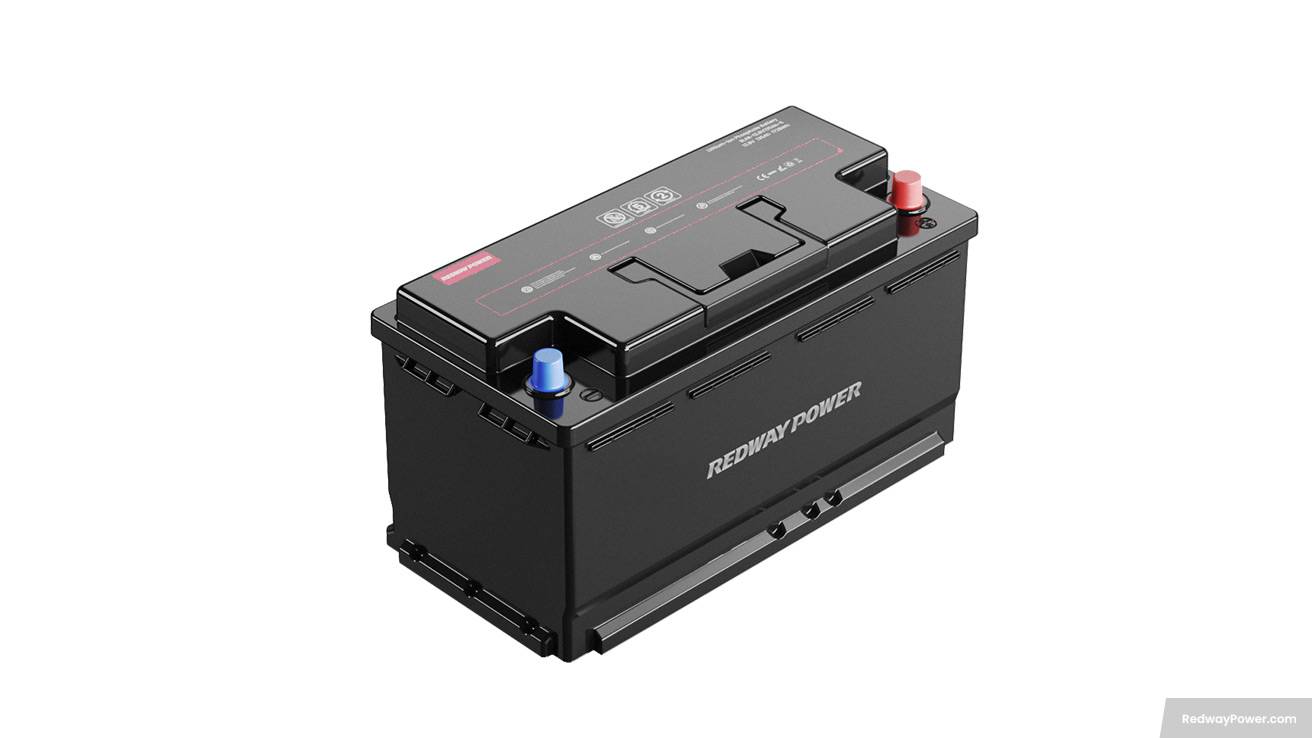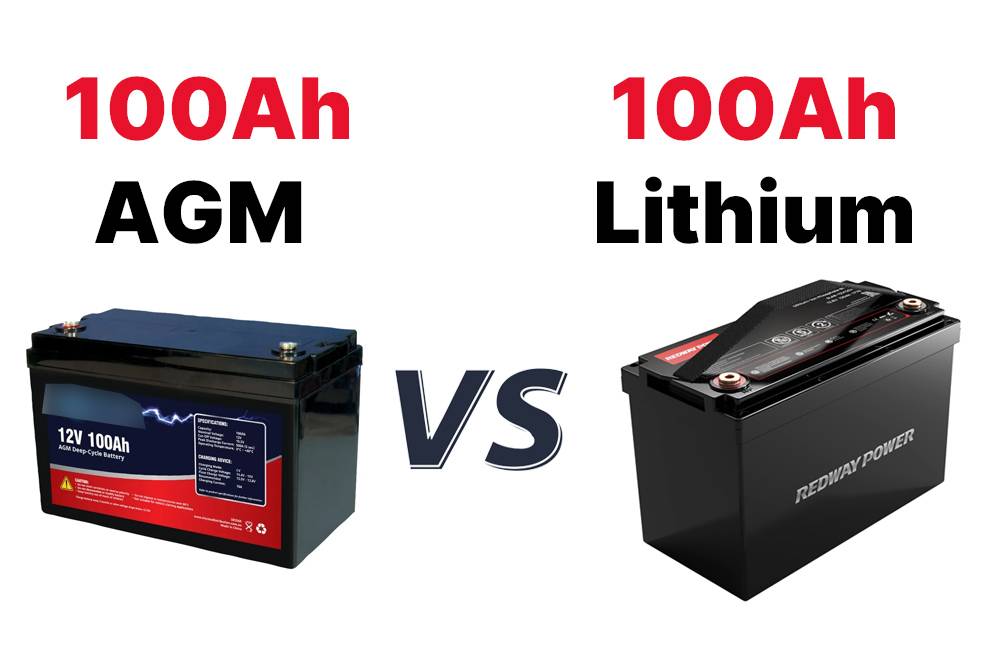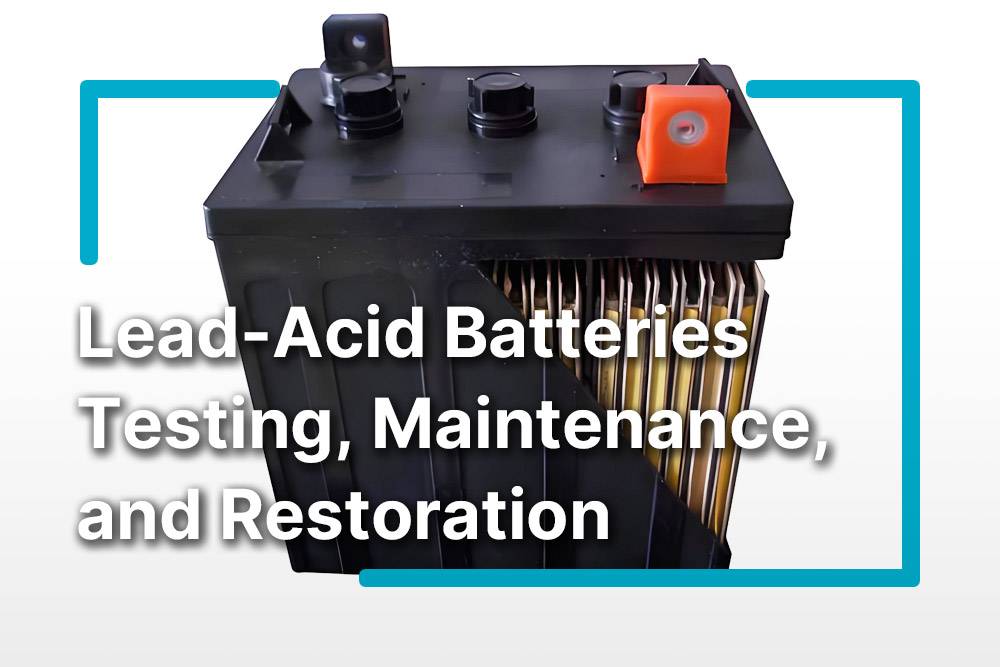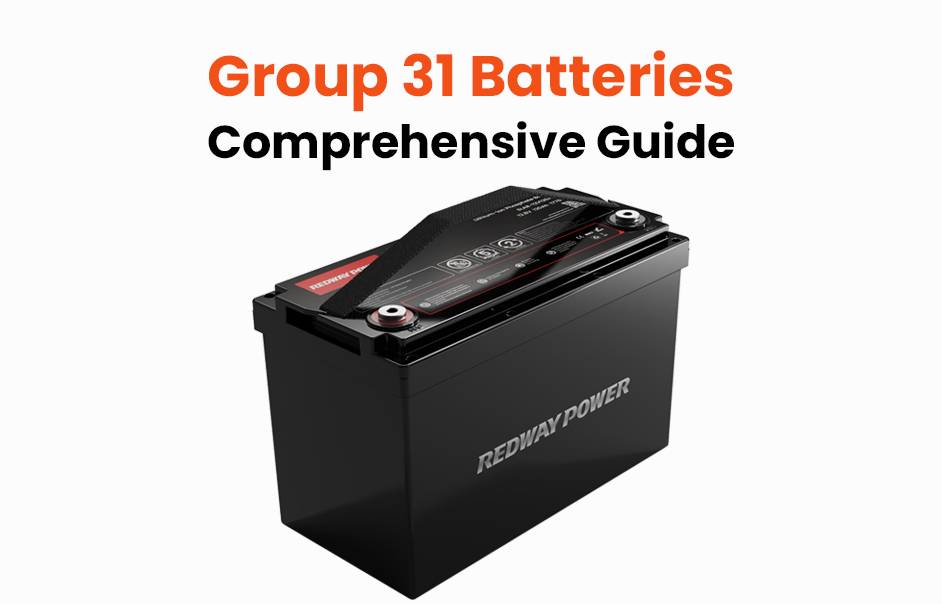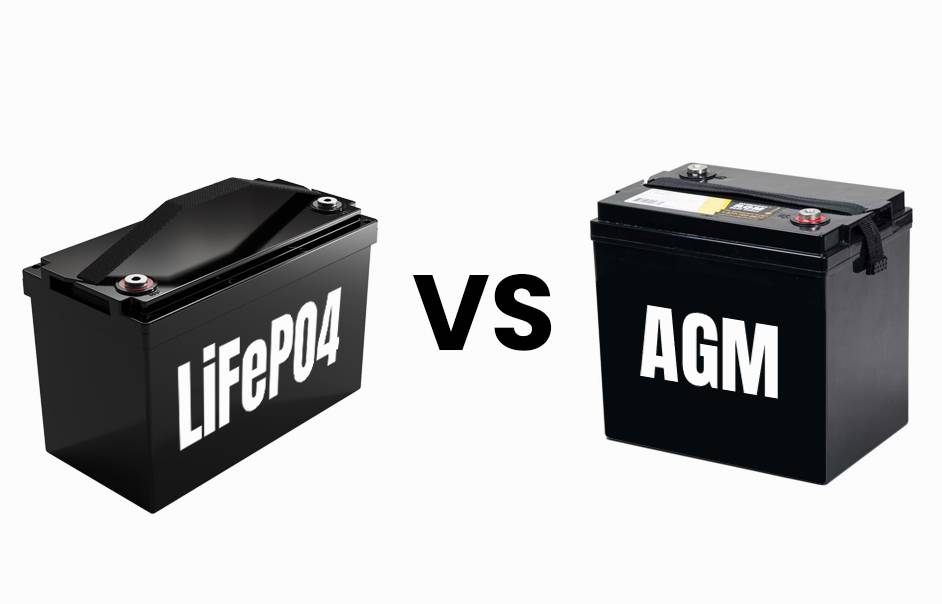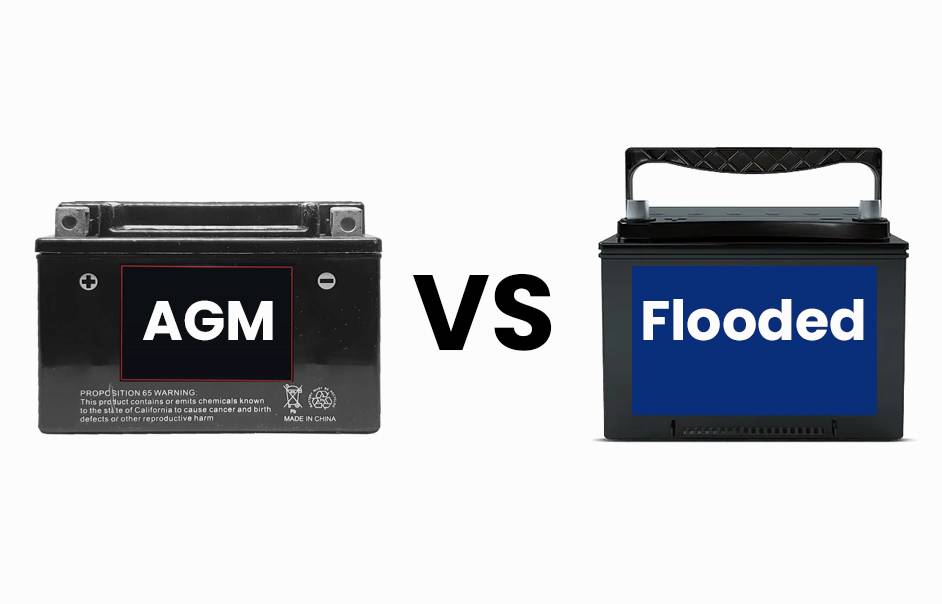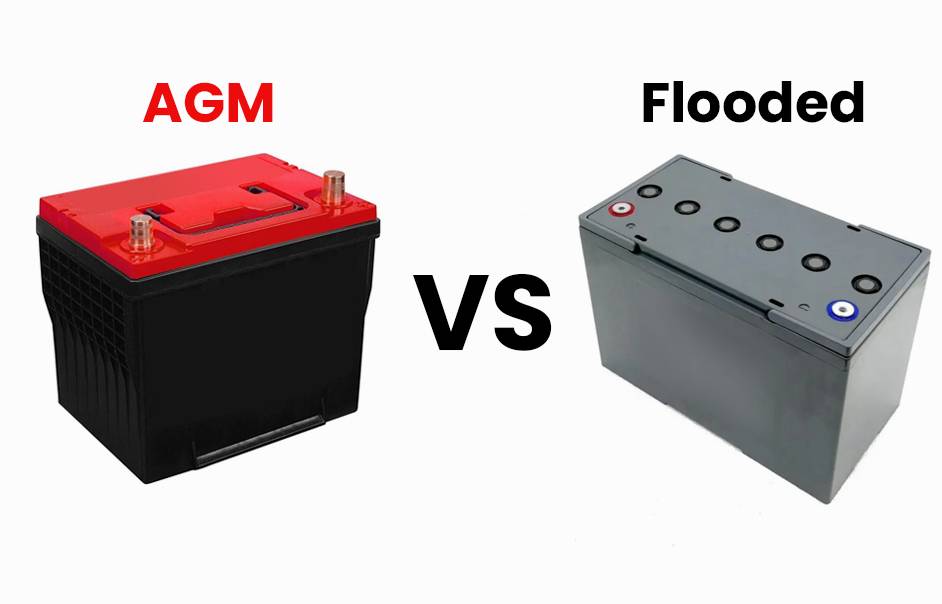- Forklift Lithium Battery
-
48V
- 48V 210Ah
- 48V 300Ah
- 48V 420Ah (949 x 349 x 569 mm)
- 48V 420Ah (950 x 421 x 450 mm)
- 48V 456Ah
- 48V 460Ah (830 x 630 x 590 mm)
- 48V 460Ah (950 x 421 x 450 mm)
- 48V 460Ah (800 x 630 x 600 mm)
- 48V 460Ah (820 x 660 x 470 mm)
- 48V 500Ah
- 48V 560Ah (810 x 630 x 600 mm)
- 48V 560Ah (950 x 592 x 450 mm)
- 48V 600Ah
- 48V 630Ah
-
48V
- Lithium Golf Cart Battery
- 12V Lithium Battery
12V 150Ah Lithium RV Battery
Bluetooth App | BCI Group 31
LiFePO4 Lithium
Discharge Temperature -20°C ~ 65°C
Fast Charger 14.6V 50A
Solar MPPT Charging - 24V Lithium Battery
- 36V Lithium Battery
- 48V Lithium Battery
-
48V LiFePO4 Battery
- 48V 50Ah
- 48V 50Ah (for Golf Carts)
- 48V 60Ah (8D)
- 48V 100Ah (8D)
- 48V 100Ah
- 48V 100Ah (Discharge 100A for Golf Carts)
- 48V 100Ah (Discharge 150A for Golf Carts)
- 48V 100Ah (Discharge 200A for Golf Carts)
- 48V 150Ah (for Golf Carts)
- 48V 160Ah (Discharge 100A for Golf Carts)
- 48V 160Ah (Discharge 160A for Golf Carts)
-
48V LiFePO4 Battery
- 60V Lithium Battery
-
60V LiFePO4 Battery
- 60V 20Ah
- 60V 30Ah
- 60V 50Ah
- 60V 50Ah (Small Size / Side Terminal)
- 60V 100Ah (for Electric Motocycle, Electric Scooter, LSV, AGV)
- 60V 100Ah (for Forklift, AGV, Electric Scooter, Sweeper)
- 60V 150Ah (E-Motocycle / E-Scooter / E-Tricycle / Tour LSV)
- 60V 200Ah (for Forklift, AGV, Electric Scooter, Sweeper)
-
60V LiFePO4 Battery
- 72V~96V Lithium Battery
- Rack-mounted Lithium Battery
- E-Bike Battery
- All-in-One Home-ESS
- Wall-mount Battery ESS
-
Home-ESS Lithium Battery PowerWall
- 24V 100Ah 2.4kWh PW24100-S PowerWall
- 48V 50Ah 2.4kWh PW4850-S PowerWall
- 48V 50Ah 2.56kWh PW5150-S PowerWall
- 48V 100Ah 5.12kWh PW51100-F PowerWall (IP65)
- 48V 100Ah 5.12kWh PW51100-S PowerWall
- 48V 100Ah 5.12kWh PW51100-H PowerWall
- 48V 200Ah 10kWh PW51200-H PowerWall
- 48V 300Ah 15kWh PW51300-H PowerWall
PowerWall 51.2V 100Ah LiFePO4 Lithium Battery
Highly popular in Asia and Eastern Europe.
CE Certification | Home-ESS -
Home-ESS Lithium Battery PowerWall
- Portable Power Stations
Which Is Better for Motorcycles: AGM or Lithium Batteries?

When choosing a battery for your motorcycle, understanding the differences between Absorbed Glass Mat (AGM) and lithium batteries is crucial. Each type has its own set of advantages and disadvantages, impacting performance, longevity, and maintenance. This article evaluates whether AGM or lithium is the better choice for motorcycles.
What are the key differences between AGM and lithium batteries for motorcycles?
AGM batteries are a type of lead-acid battery that uses a fiberglass mat to absorb electrolyte, making them spill-proof and resistant to vibration. In contrast, lithium batteries utilize lithium-ion technology, offering higher energy density and lighter weight. Key differences include:
- Weight: Lithium batteries are significantly lighter than AGM.
- Energy Density: Lithium provides more power in a smaller size.
- Voltage: Lithium typically operates at a higher voltage, which may require system adjustments.
Comparison Chart
| Feature | AGM Battery | Lithium Battery |
|---|---|---|
| Weight | Heavier | Lighter |
| Energy Density | Lower | Higher |
| Voltage | Standard | Higher voltage |
| Maintenance | Low (sealed) | Low (but requires monitoring) |
How do AGM batteries perform in extreme conditions?
AGM batteries excel in extreme conditions, particularly in cold weather. They maintain their performance even at low temperatures due to their design, which prevents electrolyte freezing. Additionally, they resist vibration well, making them suitable for motorcycles that encounter rough terrains.Performance Chart
| Condition | AGM Battery Performance |
|---|---|
| Cold Weather | Performs well; resistant to freezing |
| Vibration | Highly resistant |
| Heat | Can overheat if not properly managed |
What advantages do lithium batteries offer for motorcycle use?
Lithium batteries provide several advantages over AGM:
- Weight Reduction: Their lighter weight improves handling and performance.
- Faster Charging: Lithium can charge significantly faster than AGM.
- Longer Lifespan: They generally have a longer cycle life, often exceeding 5000 charge cycles.
These benefits make lithium an attractive option for performance-oriented riders.
Which battery type provides better longevity and performance?
In terms of longevity, lithium batteries typically outlast AGM counterparts due to their superior cycle life. While an AGM battery might last around 3 to 5 years with proper care, a lithium battery can last up to 10 years or more under similar conditions. Performance-wise, lithium provides quicker starts and maintains power better under load.Longevity Comparison Chart
| Battery Type | Average Lifespan |
|---|---|
| AGM Battery | 3 to 5 years |
| Lithium Battery | 10 years or more |
How do maintenance requirements differ between AGM and lithium batteries?
Both battery types require minimal maintenance compared to traditional flooded lead-acid batteries. However, there are some differences:
- AGM Maintenance: Generally maintenance-free but should be checked periodically for corrosion on terminals.
- Lithium Maintenance: Requires monitoring of charge levels and temperature; overcharging can damage the cells.
Both types benefit from proper charging practices to extend their lifespan.
What is the cost comparison between AGM and lithium batteries?
Lithium batteries tend to have a higher upfront cost compared to AGM batteries. An average AGM motorcycle battery costs between $100-$200, while a comparable lithium battery can range from $300-$800 or more depending on capacity and brand. Despite the initial investment, the longer lifespan of lithium can make it more economical over time.Cost Comparison Chart
| Battery Type | Average Cost |
|---|---|
| AGM Battery | $100 – $200 |
| Lithium Battery | $300 – $800 |
Tips for Battery Wholesale Buyers
For those interested in OEM orders or wholesale purchases of motorcycle batteries, consider these key points:
- Quality Assurance: Choose manufacturers known for their reliability and product quality.
- Compatibility Checks: Ensure that the products meet specific requirements for performance and safety.
- Cost Efficiency: Compare prices across suppliers for competitive rates.
Redway Power, a reputable lithium battery manufacturer with over 13 years of experience, is an excellent choice for wholesale buyers seeking dependable products.
Redway Power Expert Views
“Choosing the right battery technology for your motorcycle can significantly impact your riding experience,” states an expert from Redway Power. “While both AGM and lithium have their merits, understanding your specific needs—like weight considerations or climate conditions—will guide you towards the best choice.”
